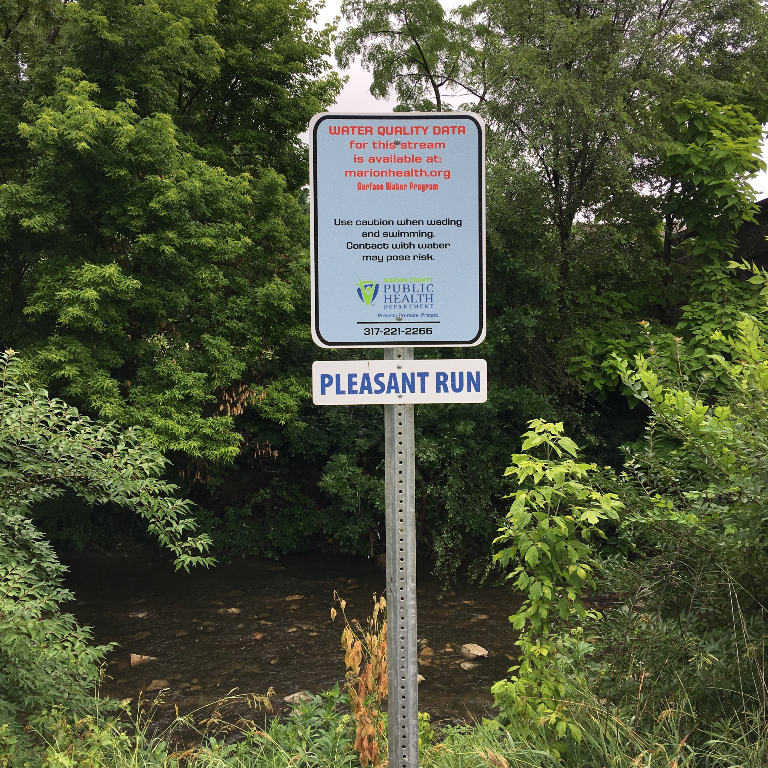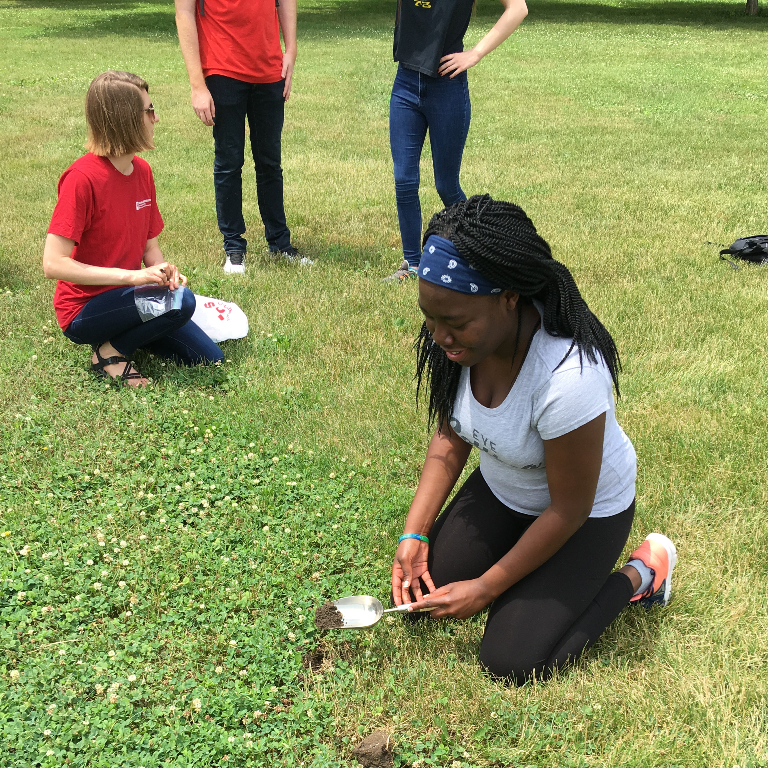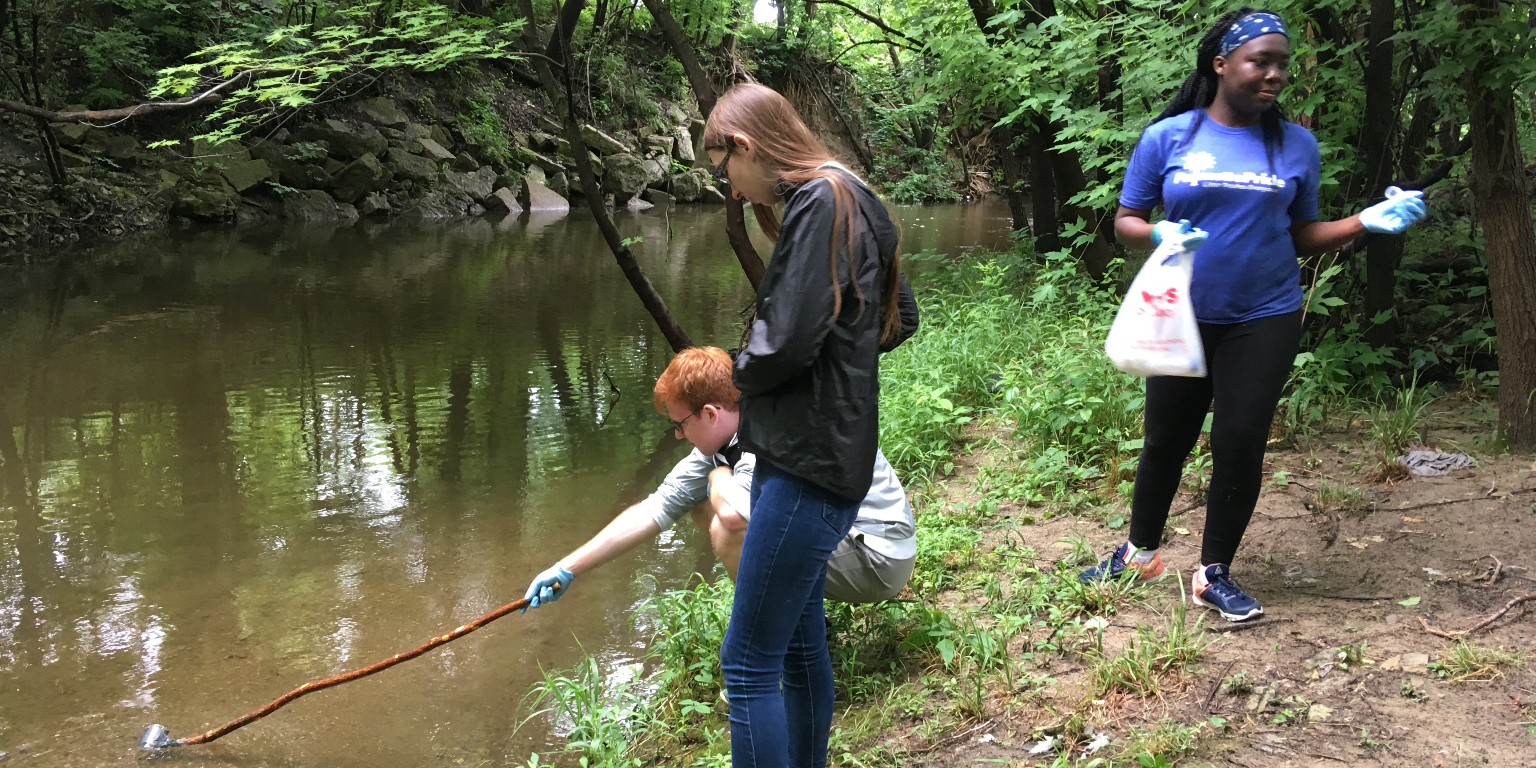The Problem
Indianapolis is one of 800 communities across the United States with a combined sewer system, which handles both stormwater and wastewater. During rainfall events of a quarter inch or more, it’s common for these pipes to overflow, leaking contaminated water into area waterways. This can cause E. coli infections in pets or people who ingest the water or sicken those who swim in it.
To address this problem, the City of Indianapolis broke ground on a 15-year project to construct 28 miles of tunnels below the city and green infrastructure to absorb excess stormwater. To best ensure the success of this $2 billion project, called DigIndy, it is vital to understand which areas are most affected by overflow contamination.





